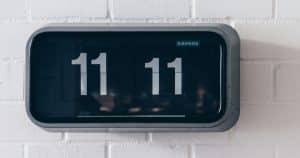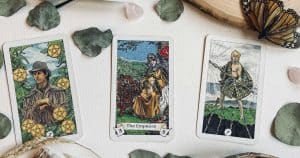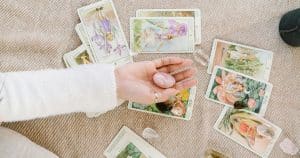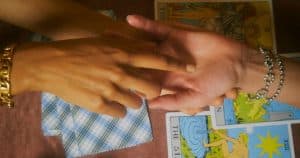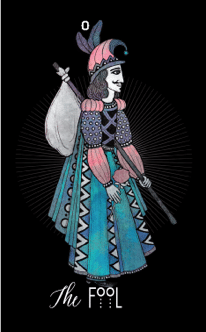When I was just learning how to read Tarot cards as a twelve-year-old, my aunt let me practice on her.
“I want to know what’s going to happen at the family reunion picnic next week,” she said.
“Alright,” I said, and shuffled my deck.
The card I drew was Death.
“You have to call off the reunion!” I insisted.
She refused, and though I was dismayed at the time, I’m glad she did. The picnic carnage I had envisioned didn’t come to pass. But something interesting did happen: my beautiful, smart, and funny older cousin Cheyenne, who had always treated me like a piece of cold seaweed stuck to her leg, actually talked to me. We had a short conversation about the potato salad. But what was said didn’t matter—because for the first time I could remember, Cheyenne didn’t completely ignore me!
I’ll never know why Cheyenne decided to give me the time of day, but when I caught myself in the mirror that evening, I noticed that my face wasn’t as round as I remembered. I wondered if I might actually look like a teenager myself. Maybe Cheyenne could smell that I’d recently started using deodorant. It didn’t matter. I knew then that, though I could still order off the kids menu for another few months, I was well on my way to growing up.
So was that gloomy tarot card I drew completely wrong? Far from it. The Death card is among the most misunderstood characters in the Major Arcana. Though the skeletal figure that graces the card is not exactly Mr. Rogers, his message is less harsh than it seems. In certain readings, Death can indicate literal death—if paired with the Tower, for example, consider yourself warned of a calamitous accident on the horizon. But on its own, Death has a more nuanced meaning.
Much like the Wheel of Fortune suggests, life is ruled by cycles, all of which flow and ebb, begin and end, and death is an essential part of every process. For that family reunion reading, Death augured the conclusion of an era in which the world saw me as a child. The transition was bittersweet, but inevitable and even joyful.
Death may appear in the spread of a soon-to-be new mother, foretelling not of miscarriage but of a new way of life. She will never be the same woman after she holds her child. Death could also appear in a relationship spread indicating evolution or freedom from old, painful habits. There are many interpretations of this frightful card, and plenty of them are reassuring.
Other Misunderstood Cards
Though Death is the most famously misunderstood card, it’s not the only one that’s been unfairly painted. Here are some of the Tarot’s most frequently miscast players:
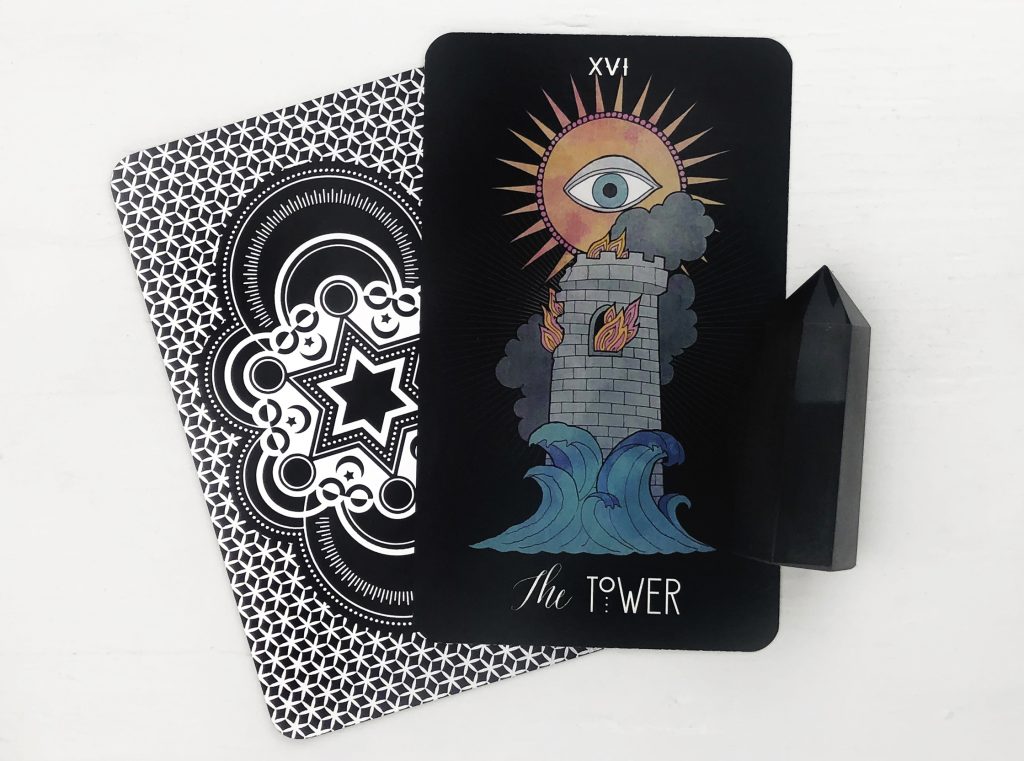
The Tower: Most decks depict The Tower as a fortress about to topple under the siege of the elements (often a wave or a lightning bolt). How could a collapsing building possibly be a positive thing? If the building needed to crumble, that’s how! The Tower can represent beliefs, relationships, or career choices that are oppressive. When you see this card, it often means that the tyrants in your life are about to be overthrown.
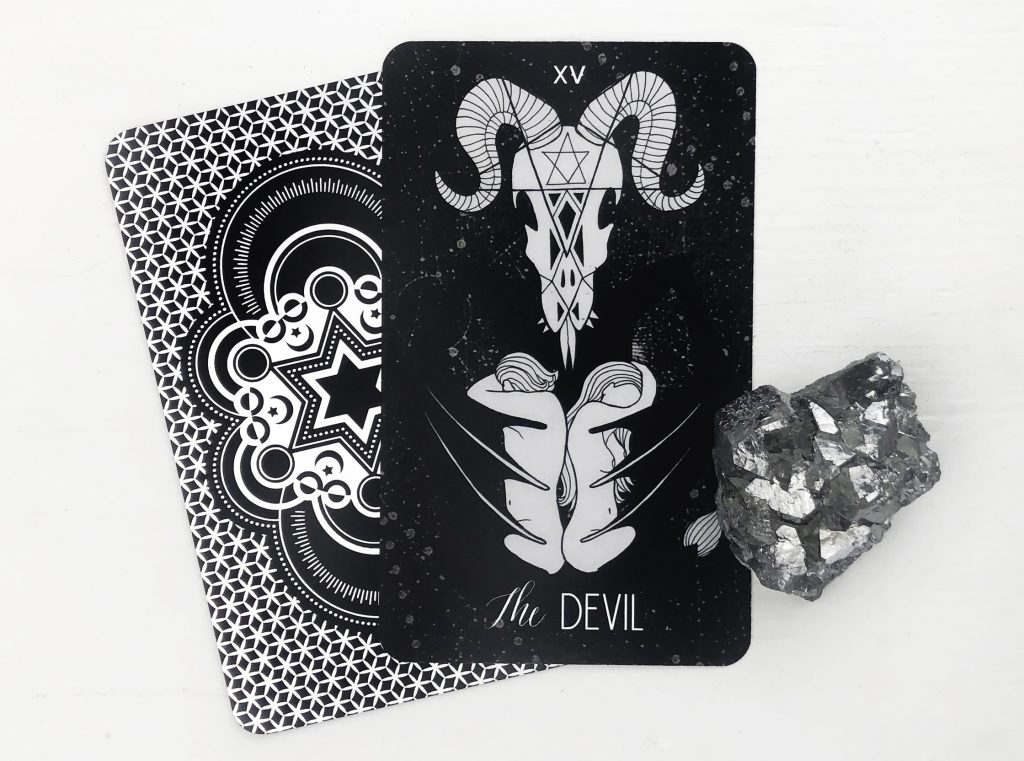
The Devil: In our cultural mythology, the Devil is not an especially nice fellow. He’s the epitome of evil, whether imagined as a blast of chaotic energy or a smooth-talking salesman in a three-piece (a la Twilight Zone). But in other traditions, the horned spirit is not to be feared. He represents natural masculine energy, an equal counterbalance to a feminine soul like the High Priestess. When The Devil appears in your spread, it may be telling you that you’re far from your natural state. Perhaps your current relationship isn’t fulfilling your sexual needs, or you struggle to fit in at your office. Are you being authentically yourself?
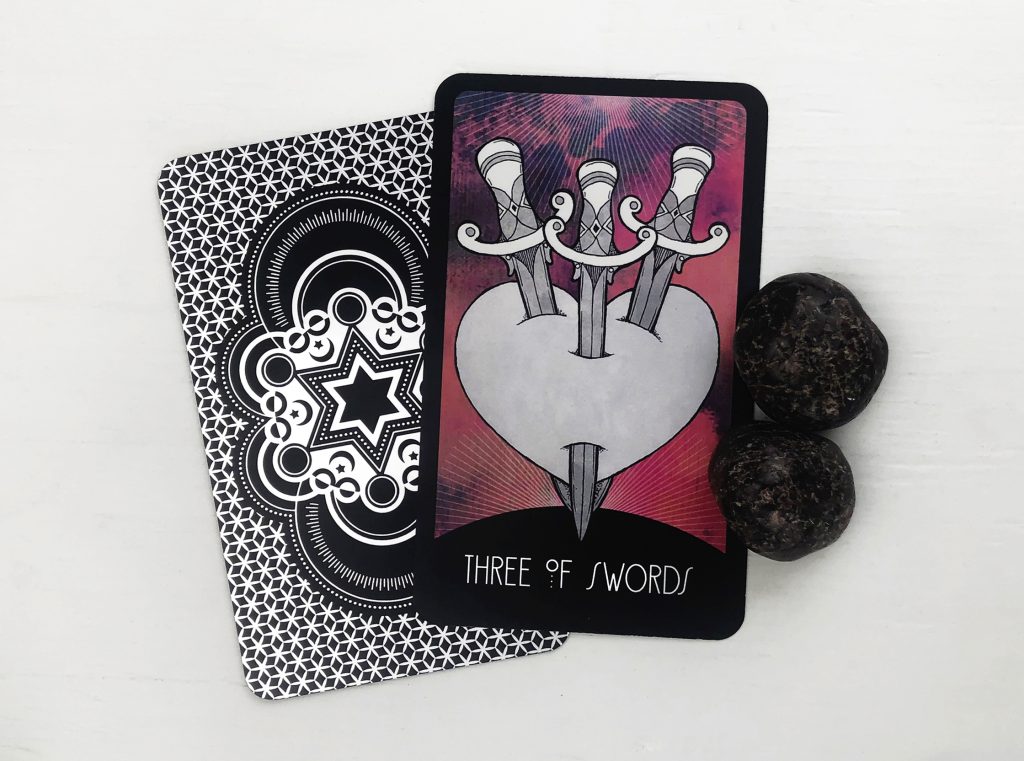
Three of Swords: Three swords pierce a heart. That can’t be good. It probably means you’ve been experiencing pain of late, or that you’re unknowingly inflicting pain on someone close. But remember what happens to people that can’t feel pain: those who can’t feel emotional hurt lack empathy, and those who are unable to experience physical discomfort don’t know when their bodies are in trouble. Think of all the times pain has helped you! If you didn’t feel pain in your leg, you might keep walking on it after it’s broken. More important than avoiding suffering is understanding what it means. When you draw the Three of Swords, look critically at your pain and listen to what it has to say.
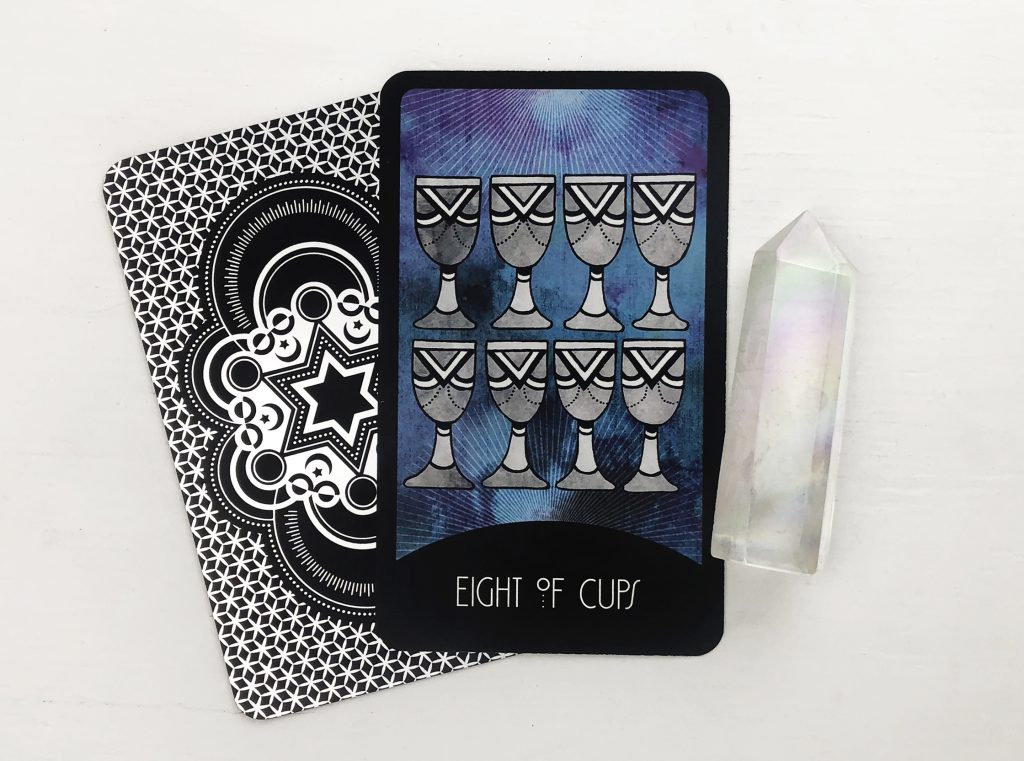
Eight of Cups: In this card, a shrouded figure leaves behind a bounty of chalices. The Eight of Cups is commonly read as a breakup card, a cosmic nudge to move on. But before jumping to conclusions, ask, “What was in those spurned cups, anyway?” Is it the whole relationship, or just a part of it that isn’t working anymore? Perhaps you’ve been idealizing someone instead of looking at them with fresh eyes. Perhaps your dreams of a fairytale romance are getting in the way of the real thing. The Eight of Cups indicates a changing of values, the breaking of illusions. When you see this card, ask yourself what long-held beliefs may be holding back your progress.
How to Read the “Bad” Cards
If every card has multiple meanings, how do you know which meaning is right? There’s no rule book. A good tarot reading is more an art than a science.
In general, read multiple cards at once so that a clear picture can emerge from the interplay of their symbols and meanings. A one card spread is great for concise, quick answers, but when handling complex issues and big changes, you’ll often get a more nuanced understanding from a multiple card spread.
To a large extent, you can go by feel when interpreting the cards. Meditating on the card’s art may draw your attention to subtle details and new insights. Likewise, learning the stories behind the cards can sharpen your intuition for their meaning. For these reasons, it’s especially important to use a deck that you feel connected with (my best readings have come from a deck that fell off the shelf and conked me in the head).
Ultimately, giving a discerning tarot reading is a skill. With enough practice, you can learn to navigate the “bad” cards and make sense of their layered messages. There are also plenty of advisors out there who can help you develop intuition, and even interpret spreads that have you stumped.
So next time you draw a card that looks dreadful, don’t cancel everything! Don’t text your partner to break up. Don’t quit your job. Put it down, take a deep breath, and listen to what it’s really saying.
Did you draw a disconcerting card? Are you confused by an important tarot reading? A Keen Psychic Advisor can help you make sense of the deck’s hardest cards.




